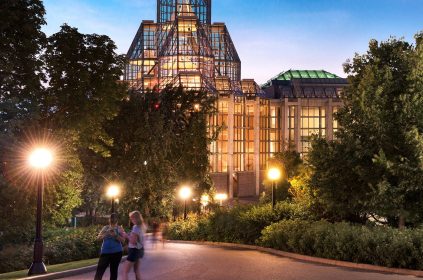As most salmon are now moving past the Big Bar landslide on their own effort, crews are looking ahead to provide permanent fish passage in time for important early-spring migrations.
In a progress update Sept. 29, Fisheries and Oceans Canada officials said roughly 151,000 salmon have now been detected with acoustic sonar north of the site, 8,270 of which relied on the Whooshh Passage Portal.
“The work that was undertaken in the winter definitely has improved the flows through the canyon, allowing fish to move upstream at flow rates they weren’t able to last year,” Gwil Roberts, director of the Big Bar response for Fisheries and Oceans Canada said.
DFO has been working with all levels of government on a permanent solution to help salmon past the landslide site, a critical next step ahead of early-spring salmon migrations.
The solutions are either the continuation of blasting and rock removal, or the preferred alternative of a concrete fish-way, which can more reliably be engineered and completed on time.
“The early spring sockeye and early spring chinook are of utmost concern to us,” Roberts said. “Those fish arrive at the Big Bar area normally when water levels are at their highest. They are the least likely to be able to get past the slide site on their own. As a result, we’re concerned about the continued existence of those fish, of those particular genetic variety of sockeye and chinook.”
The 2018 landslide on the Fraser River north of Lillooet blocked migrating salmon with 75,000 cubic meters of rock. Ongoing recovery efforts include blasting and removal, radio tagging and the Wooshh portal, or salmon canon, using pressurized water and tubes to ferry fish past the slide site.
This year salmon faced extremely unusual challenges with high river flows and flood conditions to the end of July.
“That all impacted, and thwarted, and killed salmon,” Roberts said. “In 2019 the landslide at Big Bar killed a lot of migrating salmon, but in 2020 it was the whole Fraser River that conspired to kill fish.”
Hatchery and enhancement work with the Upper Fraser Fisheries Conservation Alliance was also put in place as a fallback measure to ensure the propagation and conservation of early arriving Fraser River salmon. To date 259,500 sockeye eggs and 160,000 chinook eggs have been collected for rearing and release.
It’s estimated just 283,000 sockeye will return to the Fraser River this year, the lowest on record.
Quinn Bender, Local Journalism Initiative Reporter, Prince Rupert Northern View













